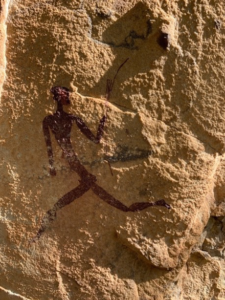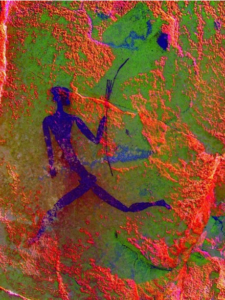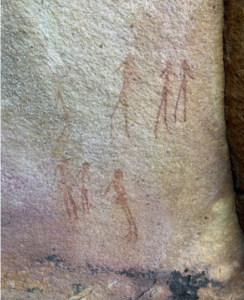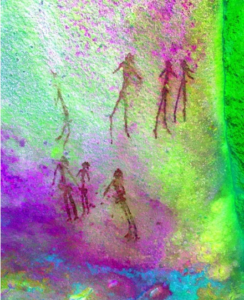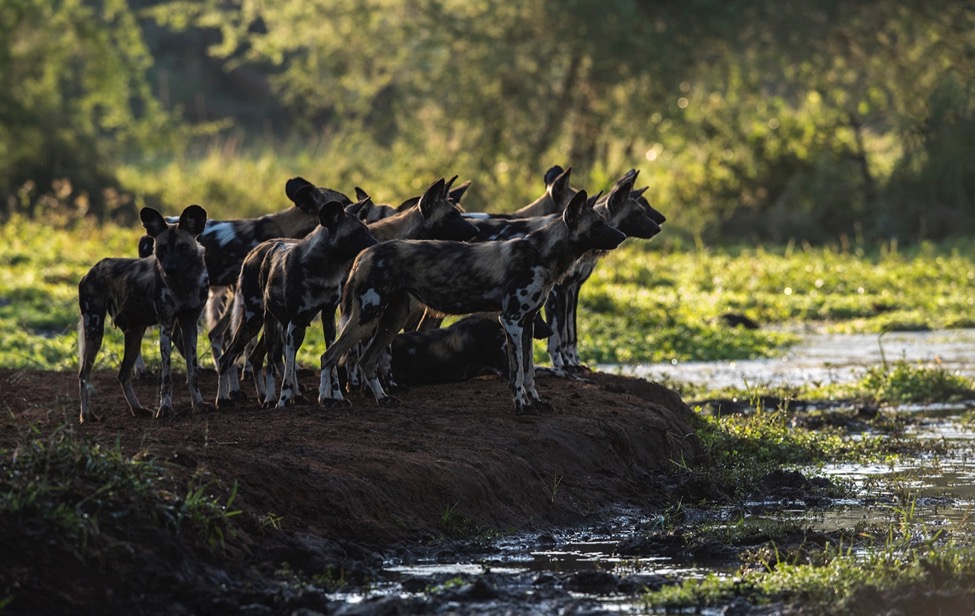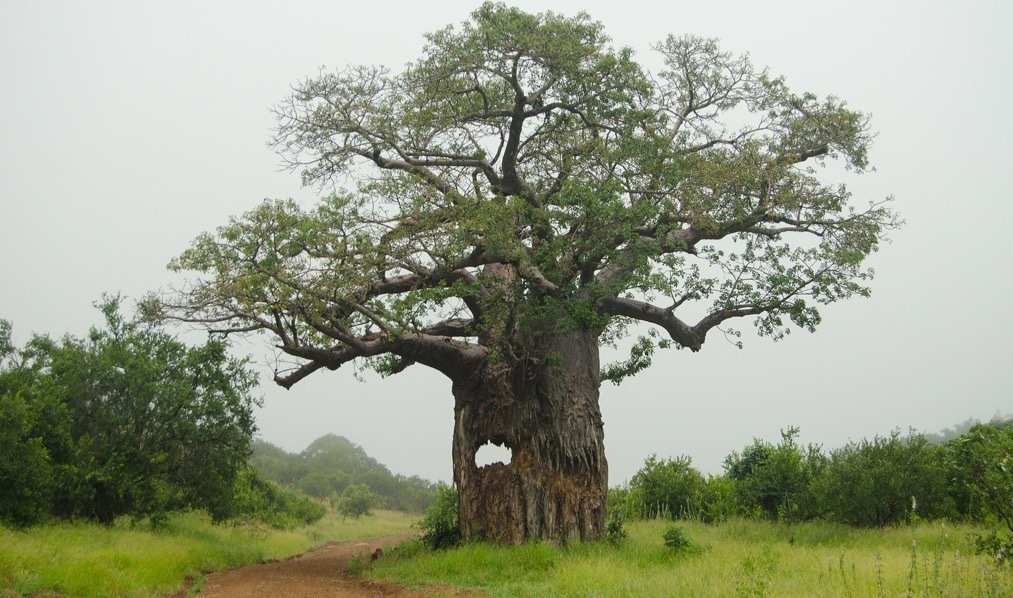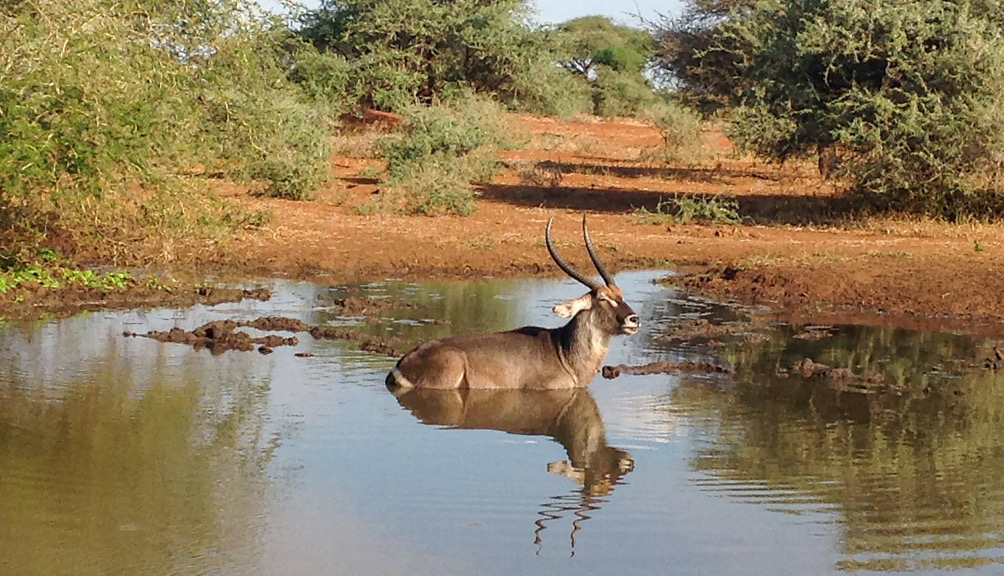Finding and recording priceless rock art at Malilangwe Wildlife Reserve
With the start of the pandemic and the result that Singita Pamushana had no guests, I wanted to take the opportunity to be able to get out and spend as much time on foot to further my knowledge on the layout of the Malilangwe Hills. I also wanted to use this time to explore the hills in search of new rock art sites. Speaking about this with our Resident Ecologist, Dr Bruce Clegg, he was very keen to have all recorded rock art sites checked for accurate coordinates, new sites that may have not been recorded on the existing list logged, and for us to check that no natural vegetation had grown up and may now be causing damage to our existing sites.
I was very eager to do this as were other members of the guiding team, Mark Friend and Alex Kadziyanike.
From the first walk I started taking photos of the sites so that we can create one thorough database that links to other cataloguing systems, research, maps and is easily searchable via keywords too.
For the photos I have been using an application called D Stretch (Decorrelation Stretch). This allows me to run photographs of rock art that are almost invisible to the eye through the app. The app uses algorithms to perform image enhancement techniques. This has been used for remote sensing and has been used by NASA to enhance Mars Rover pictures. This program was designed specifically to help with research on rock art. You will see that not only can it almost bring rock art back that has almost disappeared but it also helps in changing the hues of colour in the spectrum to give you a much clearer picture and you can then actually make out what was going on in a particular scene. Therefore, in the photos you see very different colours. Take a look at the original photos on the left and the enhanced versions on the right.
We have three types of rock art on Malilangwe:
- Iron Age Art
- Herder Art
- San Rock Art
Malilangwe has not had any carbon dating performed on the rock art. We do know that sandstone rock art has a lifespan of around 6 000 years. Working with what we have, an educated guess to the age of our rock art would be 700 to 2 000 years old.
There are very specific examples of certain rock art depictions on Malilangwe that are very rare and unique to a certain degree, since there are very few examples across southern Africa:
Formalings
Formalings are still not understood completely but it is thought that they depict the honeycomb shape of the tunnels in a termitarium and this in turn is thought that formalings may have something to do with rain making. These depictions are mostly only found within Zimbabwe.
Flywhisks
The depiction of the use of flywhisks in the painting of figures, usually male, and usually the placement of the whisk is at the base of the spine. This is very prevalent on Malilangwe and in certain parts of Zimbabwe as well. It is thought that this flywhisk prevents bad omens from entering the body.
Bicephalic animal
A bicephalic animal is a two headed creature. The research we have access to describes five examples of this creature throughout southern Africa and we have three of those five. But in the last few weeks of searching we found another here which means we now have now four out of six in southern Africa.
My team and I have so far covered 130 km on foot, visiting all existing sites, and we have taken the database from 82 to 110 sites and still counting… Back in 2007 only 56 of these sites were recorded.
There are too many to mention but we have a number of amazing sites with unbelievable art. There are more depictions of kudu and giraffe than any other animal but there are examples of so many different species. The art is so fine, you can even recognise the different rhino species. There are beautiful raffia palms and ilala palms to be seen as well.
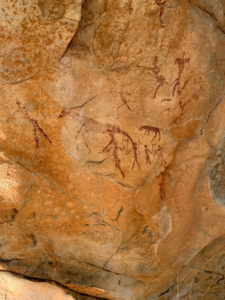
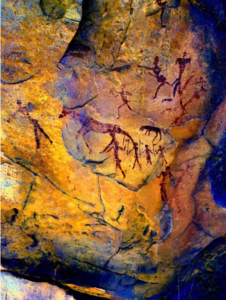
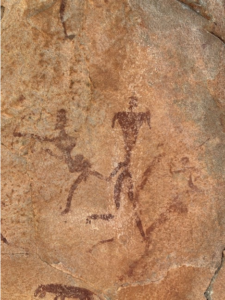
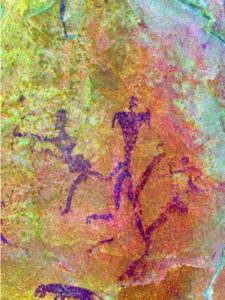
The only specific pattern we have noticed with the rock art is that it is mostly prevalent where there is water. Anywhere we find a spring at Malilangwe, we are likely to find rock art. Some springs no longer flow but these old spring sites can still be found.
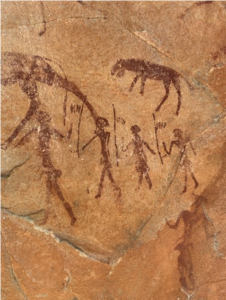
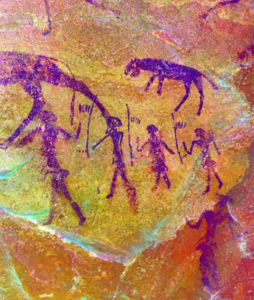
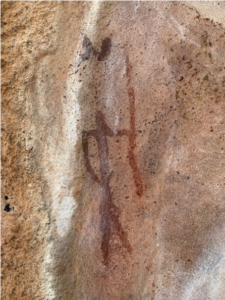
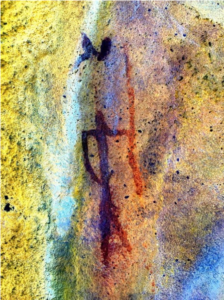
We are now using Google Earth to search for specific areas that have not been searched thoroughly and we then walk to those places and search for new sites. Every day doing this is an adventure and an incredibly interesting and humbling experience to find new, priceless, rock art sites.
When you come and visit us at Singita Pamushana please take up our offer and the opportunity to explore these sites with your guide.
